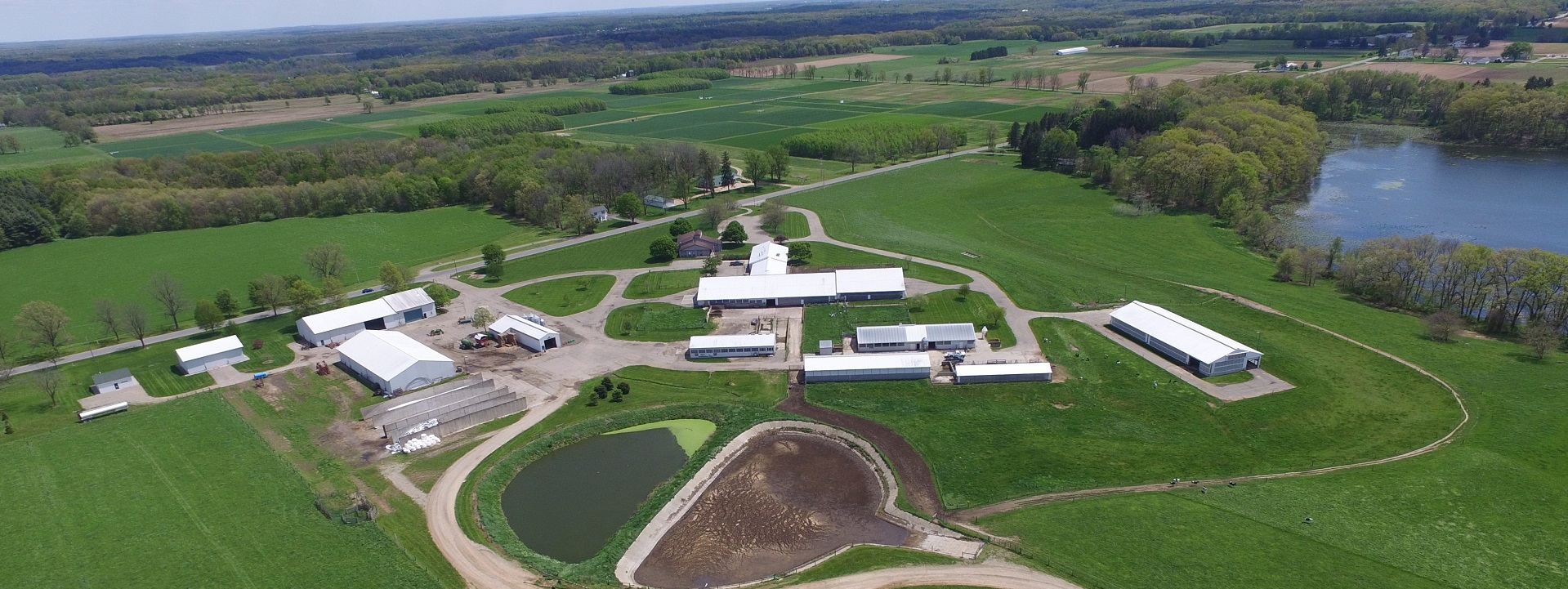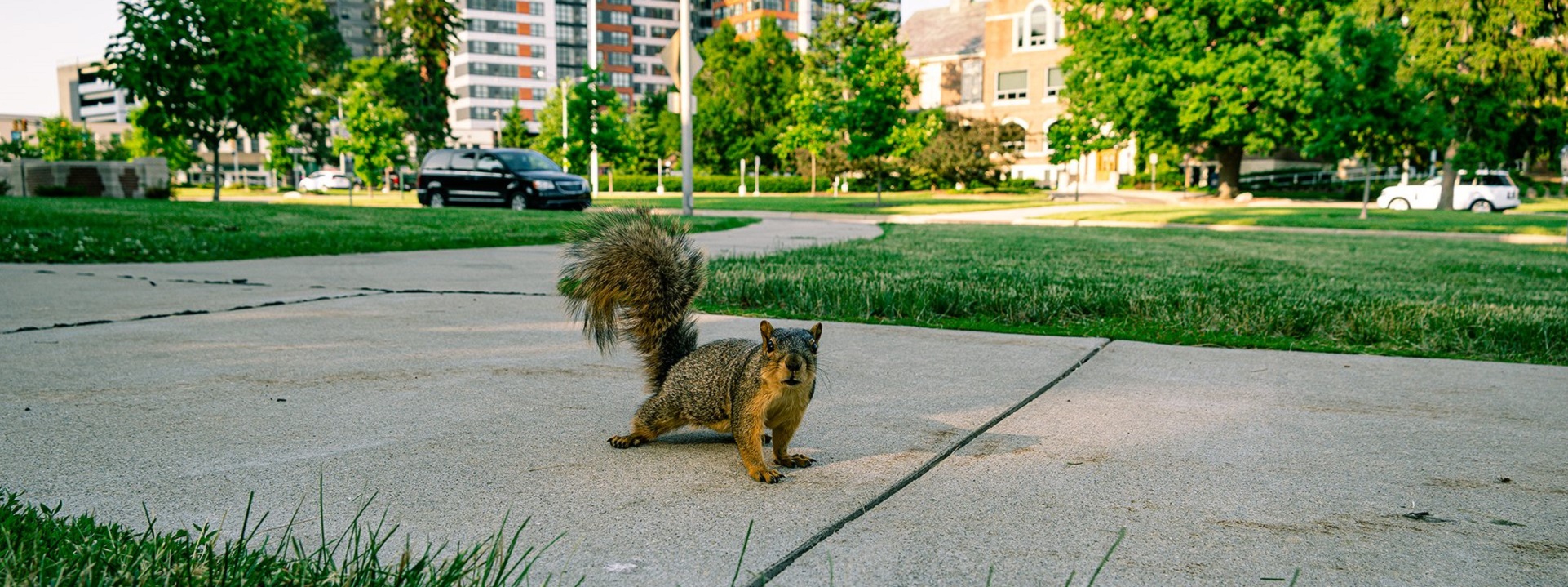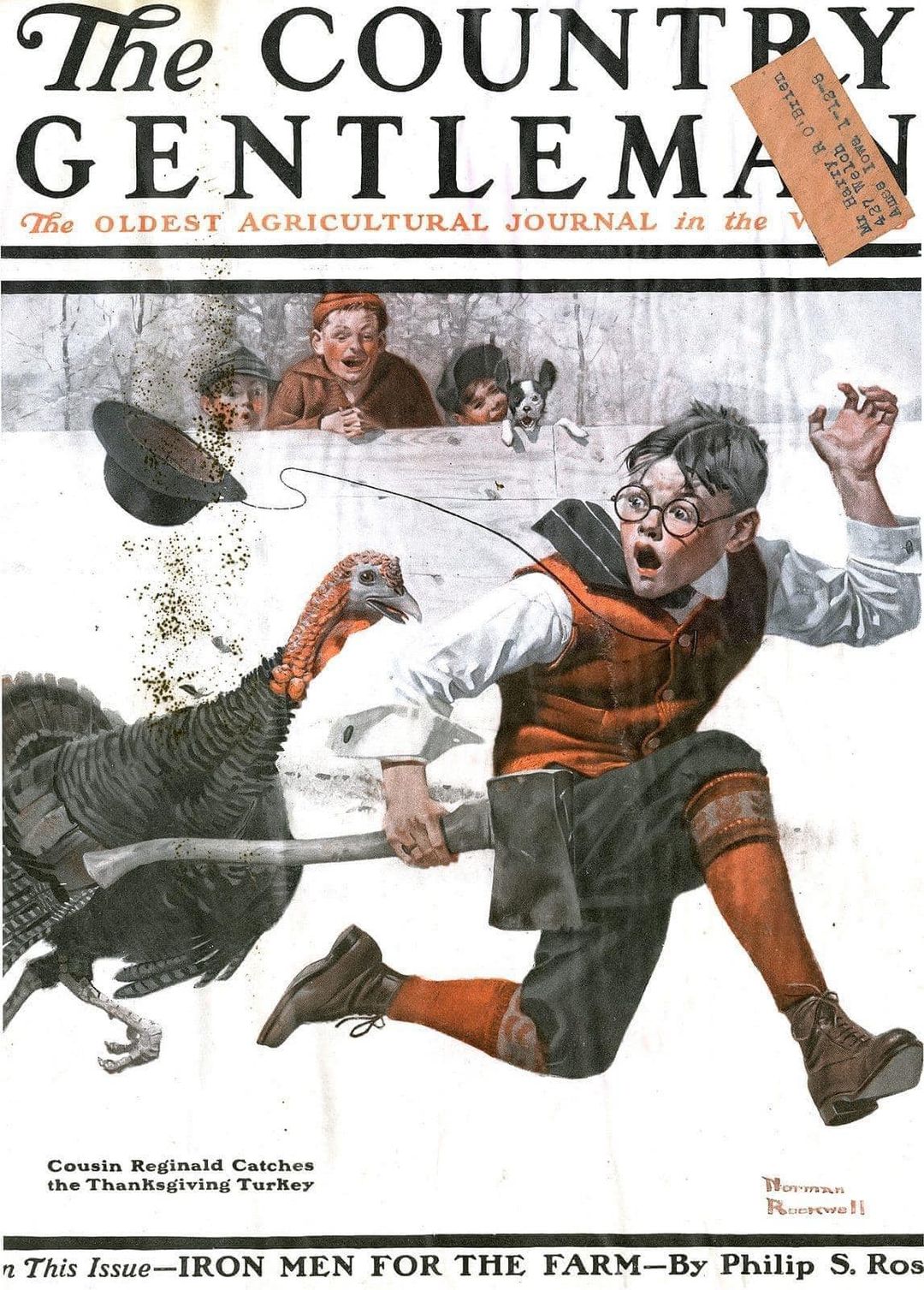Category Archives: Animals
- Home
- Archive by category "Animals" (Page 3)

Stray Voltage: Sources and Solutions
Stray Voltage: Sources and Solutions
Abstract. Stray voltage is caused by voltage drop and ground faults and may have its origin on the primary electrical distribution system or on the customer’s secondary electrical system. The rms value of the neutral-to-earth voltage along a primary distribution line may be at a value of zero some distance from the substation depending on the condition of the conductor resistances, grounding resistances, and the amount of load. Neutral-to-earth resistance is not the cause of stray voltage; however, the value of this resistance to earth at a particular location will affect the level of stray voltage. A four-wire single-phase feeder system supplying farm buildings from a single metering point is effective in preventing on-farm secondary neutral voltage drop, provided the four-wire system is extended to all farm loads, and provided no high-magnitude ground faults are present. Isolation of the primary and secondary neutral systems at the distribution transformer is effective in preventing off-farm sources from entering the customer’s system. This separation may be accomplished using a number of commercially available devices.
CLICK HERE for access to the entire paper
Starting soon! https://t.co/JL03EIEMqo pic.twitter.com/Ttpp4TA8jr
— Wendy Bohon, PhD 🌏 (@DrWendyRocks) December 28, 2023
Create a Winter Bird Haven
Blue birds huddling together for warmth
pic.twitter.com/t0SEG4CZhs— Science girl (@gunsnrosesgirl3) December 27, 2024
Also from the University of Illinois:
Why so much slip and fall attorney advertisements after SCOTUS Bates v. State Bar of Arizona (1977)
Animals 200
This content is accessible to paid subscribers. To view it please enter your password below or send mike@standardsmichigan.com a request for subscription details.
Water Smart Farms
#IWD2024 Today, as we celebrate the incredible achievements of women around the world, we’re excited to share a special video that highlights some amazing women in our organisation discussing #InpireInclusion💪🌐 pic.twitter.com/roClQFbBlY
— Standards Australia (@standardsaus) March 8, 2024
NSW Government | Department of Primary Industries
![]()
George M Humphrey Equestrian Center ($7M, 2004)
Had a wonderful time at Equestrian Center Open House @lakeeriecollege @LECEquine . Great opportunity for students to see what happens here and to meet the horses. pic.twitter.com/mIcRh0IGD4
— Kathleen Skledar (@KSkledar) September 13, 2024
Equestrian competitions are governed by a variety of standards and regulations that ensure fairness, safety, and consistency. Here are some of the key standards that apply to different types of equestrian competition:
General Standards
- Equine Welfare: Ensuring the health and well-being of horses is a priority. This includes regular veterinary checks, proper nutrition, and humane treatment.
- Safety: Regulations are in place to protect both riders and horses. This includes wearing appropriate safety gear, such as helmets and body protectors.
- Fair Competition: Rules are established to ensure fair play, including regulations about equipment, attire, and conduct.
Dressage
- Test Protocols: Riders perform predefined movements and patterns. The tests are scored based on accuracy, smoothness, and the horse’s response.
- Judging Criteria: Judges assess the horse’s gaits, submission, and overall harmony between horse and rider.
- Scoring System: A numerical scoring system is used, with each movement receiving a score that contributes to the overall total.
Show Jumping
- Course Design: Courses are designed with a specific number and type of jumps, including verticals, spreads, and combinations.
- Time and Faults: Riders are judged on their ability to complete the course without knocking down rails (faults) and within the allotted time.
- Penalty System: Points are deducted for faults, such as refusals, knockdowns, or exceeding time limits.
Eventing
- Three Phases: Eventing includes dressage, cross-country, and show jumping. Each phase is scored separately, and the cumulative score determines the overall standings.
- Cross-Country: Riders must navigate a course with natural obstacles and fences, with penalties for refusals or exceeding the time limit.
- Safety and Endurance: Emphasis is placed on the horse’s fitness and the rider’s ability to manage both speed and stamina.
Driving
- Turnout Standards: Horses and carriages must meet specific standards for appearance and condition.
- Dressage Phase: Similar to dressage in riding, this phase includes a test of precision and obedience.
- Marathon Phase: This phase involves navigating a course with obstacles, testing endurance and driving skill.
- Cones Phase: Drivers must maneuver through a series of cones without knocking them over, demonstrating accuracy and control.
Western Riding
- Reining: Riders perform a pattern of circles, spins, and stops, judged on smoothness, precision, and control.
- Cutting: The rider must separate a cow from a herd and work it independently within a set time, demonstrating the horse’s responsiveness and agility.
- Roping: Includes events like team roping and calf roping, where riders demonstrate their roping skills and coordination with the horse.
Endurance
- Distance and Terrain: Races cover long distances over varied terrain, requiring both horse and rider to demonstrate stamina and navigational skills.
- Vet Checks: Regular veterinary inspections ensure the horse’s health throughout the event.
- Pace and Recovery: Riders must manage their horse’s pace and recovery times to complete the course successfully.
Standards Michigan Category: Animal Safety
Jeux olympiques de Paris 1900
This content is accessible to paid subscribers. To view it please enter your password below or send mike@standardsmichigan.com a request for subscription details.
New update alert! The 2022 update to the Trademark Assignment Dataset is now available online. Find 1.29 million trademark assignments, involving 2.28 million unique trademark properties issued by the USPTO between March 1952 and January 2023: https://t.co/njrDAbSpwB pic.twitter.com/GkAXrHoQ9T
— USPTO (@uspto) July 13, 2023
Standards Michigan Group, LLC
2723 South State Street | Suite 150
Ann Arbor, MI 48104 USA
888-746-3670






















